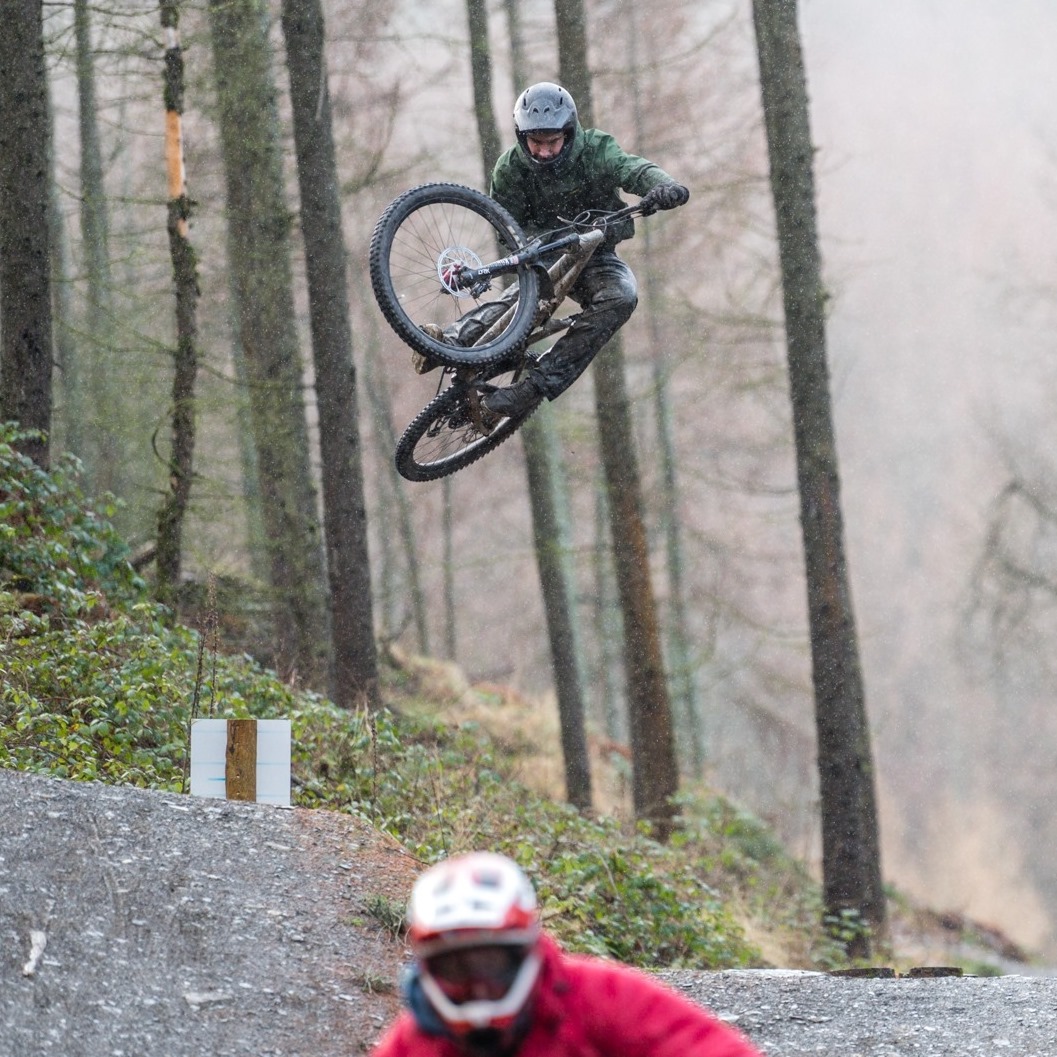What Muscles Does Riding A Bicycle Work?
/ Beginners / What Muscles Does Riding A Bicycle Work?
Biking has become extremely popular throughout the globe. More people are looking to buy a bike that perfectly fits them. People are also getting their bikes for storage and service.
And why not!
Biking is a fun outdoor activity that not only allows you to explore unknown territories but also flexes your muscles. It’s a complete workout that will keep you fit for a long time to come.
But what muscles does riding a bicycle work? It’s a million-dollar question that many people ask because their primary aim when biking is to get fit. You might have seen professional athletes working out a lot on their legs to up their game, but legs are not the only focus here.
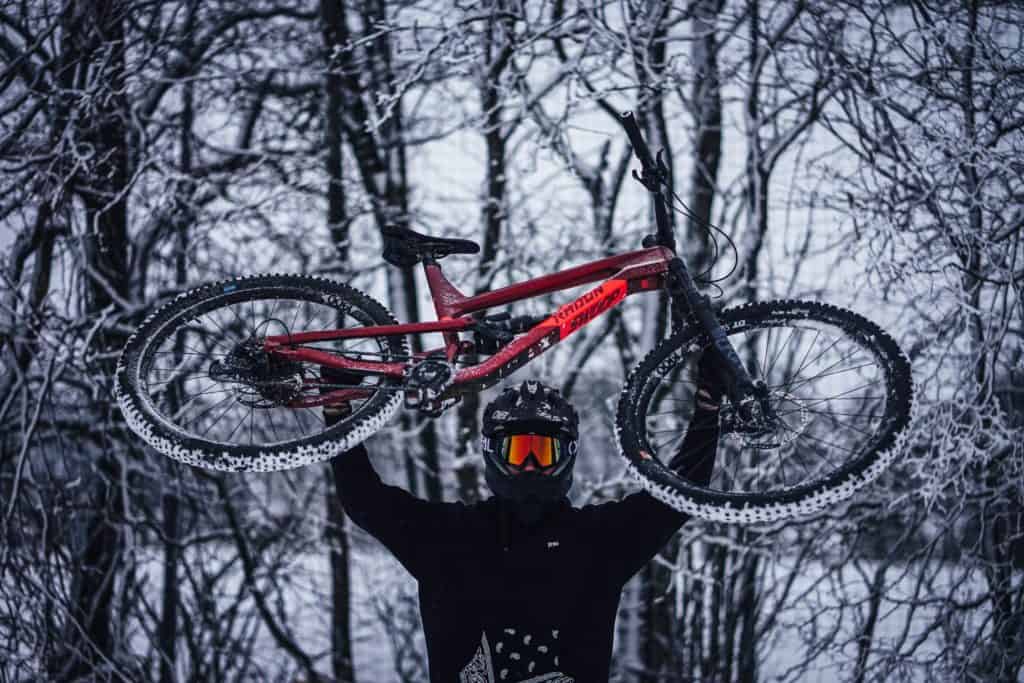
Biking can do a lot when it comes to overall physical fitness. Whether you are looking to participate in a cycling event or want to get fit, this guide will help you highlight your body’s areas that cycling works. We will answer what muscles does riding a bicycle work along with some great tips.
What Muscles get Worked when Riding a Bike?
To get the most out of your activity, you have to train your body to cover distance and speed. Proper training will also allow you to keep yourself from injuries. Therefore, it is essential to get back to the basics and understand what muscles does riding a bicycle work?
You won’t be surprised to hear that cycling involves a lot of action from your lower body and legs. This is where the primary focus on this activity is.
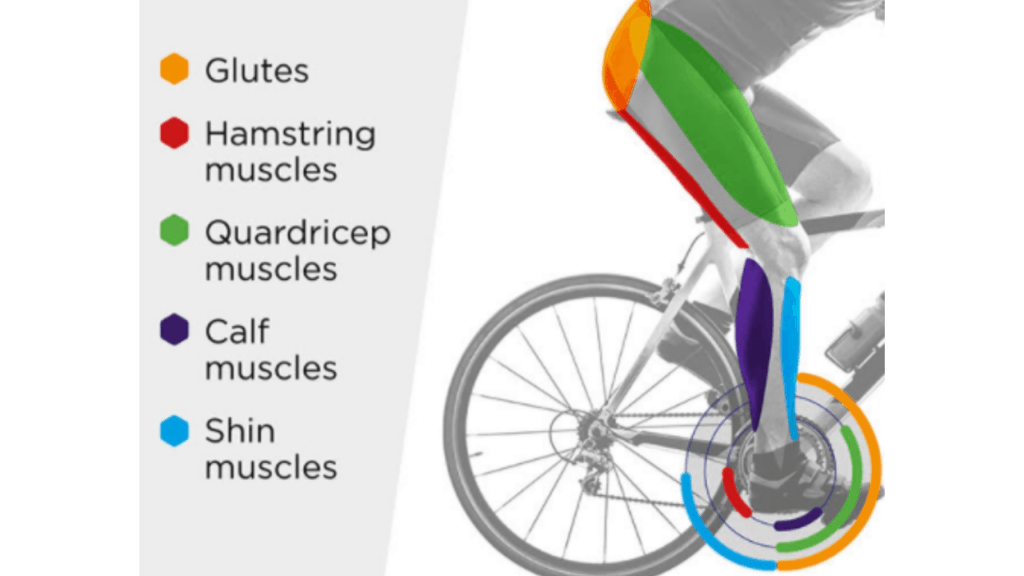
Following are the muscle groups that are used frequently in biking.
Gluteus Maximus
Also known as the gluteus maximus, one of the three gluteal muscles and the largest one. This is the entire power behind the stroke that you make while riding your bike like the Diamondback Overdrive when you push that pedal down.
If you overwork your hamstrings, it will put a lot of pressure and stress on your lower back. Consequently, you will have to deal with knee pain. Therefore, you need to build your glutes and ensure they deliver their peak performance during your rides.
If you sit a lot at the desk and are not riding, you will have to emphasize stretching, building, and utilizing these glutes to get the best performance when you get out there and start riding.
Hamstring Muscles
Another muscle group that will see a lot of action while you are on your bike is your hamstrings. These muscles come down from your hips on your leg’s backside and cross the back of your knees.
These muscles are critical for bikers because they allow them to bend their hips along with their knees during the pedals’ push down and, of course, when pulling it up. Your hamstrings’ most active position is when you are bending them from a straight leg position to a bent knee position during your pedal strokes.
A weak upper section of your hamstring muscles right around your hips will cause stiffness in the lower section of these muscles around the knee area. These are the most common issues that bikers have to deal with. The muscles in this group include biceps femoris, and semimembranosus.
Quadricep Muscles
A bulging calf muscle is another issue that most bikers have to face. These muscles are like quads and are very important because they will provide you with that powerful downward push that you make on the pedals.
Therefore, these are the muscles that you will mostly use when you are pressing the pedals down. The muscles in this group are vastus lateralis, rectus femoris, and vastus medialis.
Calf Muscles
Another active muscle group for a biker is his/her calf muscles. These muscle groups also cause the issues like bulging calves. These muscles also work just like the quadriceps when you are pushing the pedal down.
Your calf muscle becomes active when you start hitting the pedal with your toes to put in more effort to get more speed. This group of muscles includes the soleus, gastrocnemius lateralis, and gastrocnemius medialis.
Shin Muscles
The last but not the least muscle group is the shin muscles, also known as the tibialis anterior. These muscles come into action when you are pulling the pedal up. These are the most active muscle groups when you start bedding your leg from a full stretch during pedaling.
Other Muscle Groups used in Biking
As we mentioned initially, your lower body section and legs are not the only muscle groups that cycling works. You are not going to put any effort into them making your bike move.
But when they are in proper shape, your body will remain well balanced, and you will be able to sit in an upright position, which is key for a long riding session. These muscles kick in when you’re riding out of your saddle or are biking uphill.
These include,
Biceps and Triceps of your Arms
The biceps and triceps of your arm will also get in with the action when you are riding mountain trails. Of course, you are handling the terrain and controlling your bike by firmly holding the handlebar, which will otherwise wobble and make you fall. You will have to put in more effort with these muscle groups in your arms at faster speeds or rougher terrains.
Deltoids of your Shoulders
The deltoid muscles in your shoulder work just like glutes for your legs, and they make sure that your arms don’t get numb with all the effort. They share a lot of load from your arms, and hence, they are critical when it comes to peak performance while riding.
The Core
Most people don’t know that biking can be an excellent activity for buying your core muscles, including the lower and upper abdominal muscles. These muscles are always active with a slightly bent back, and with your thighs in action due to pedaling, your core is getting a workout as well.
Getting that Pure Biker’s Physique
Getting that typical biker’s physique is vital if you want your body to perform at its peak. If you develop the muscles mentioned above, you will get more out of your activity and continue to ride for longer sessions. It will also enable you to avoid any injuries, and your strokes will have more power.
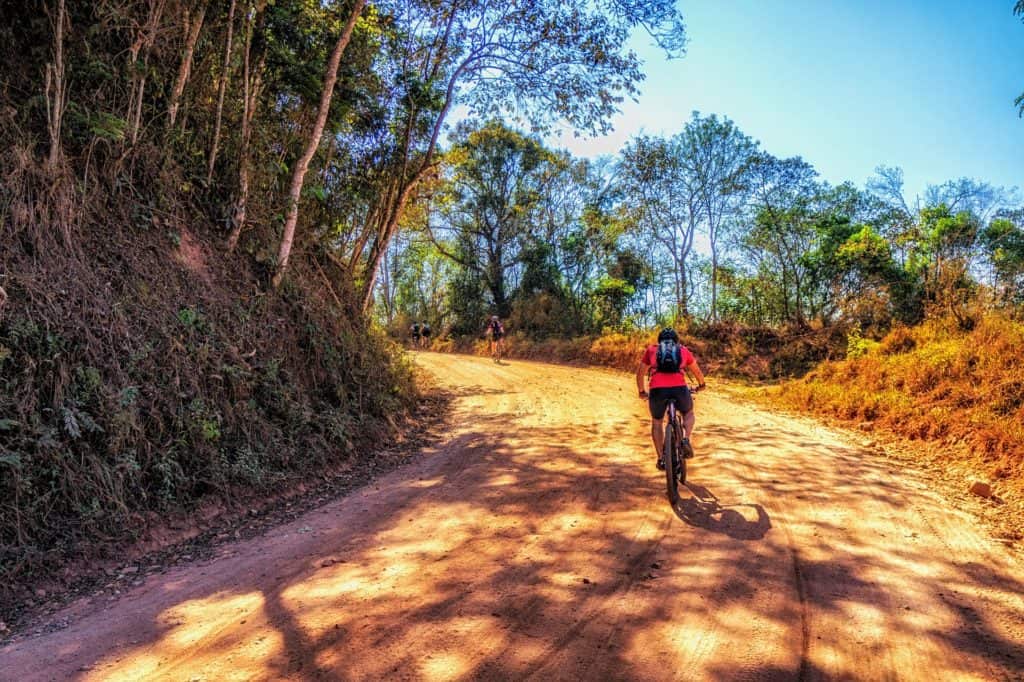
If you are looking to build your muscles while riding a bike, make sure to start riding uphill. You can also sprint uphill to workout and use a higher gear to build the core muscles you need to ride.
Apart from that, you can also use step-ups on a box or even a bench for an additional exercise. It will allow you to build your leg muscles significantly. Squats, single-leg deadlifts, and heel raises will also work fine for developing the strength in these muscles.
You can go for 10 to 12 reps for each of your leading legs and can also add dumbbells to add more resistance to your workout.
Measuring your Progress
If you are very curious about your muscle-building progress and are putting in a lot of effort, and want to see your biking training results? You can conveniently measure your progress with a scale that can tell you about your body’s segmental composition.
Such a scale can give you all your muscles’ medical measurements in your legs, arms, and trunk area. You will get insights into your muscle mass of all your body parts.
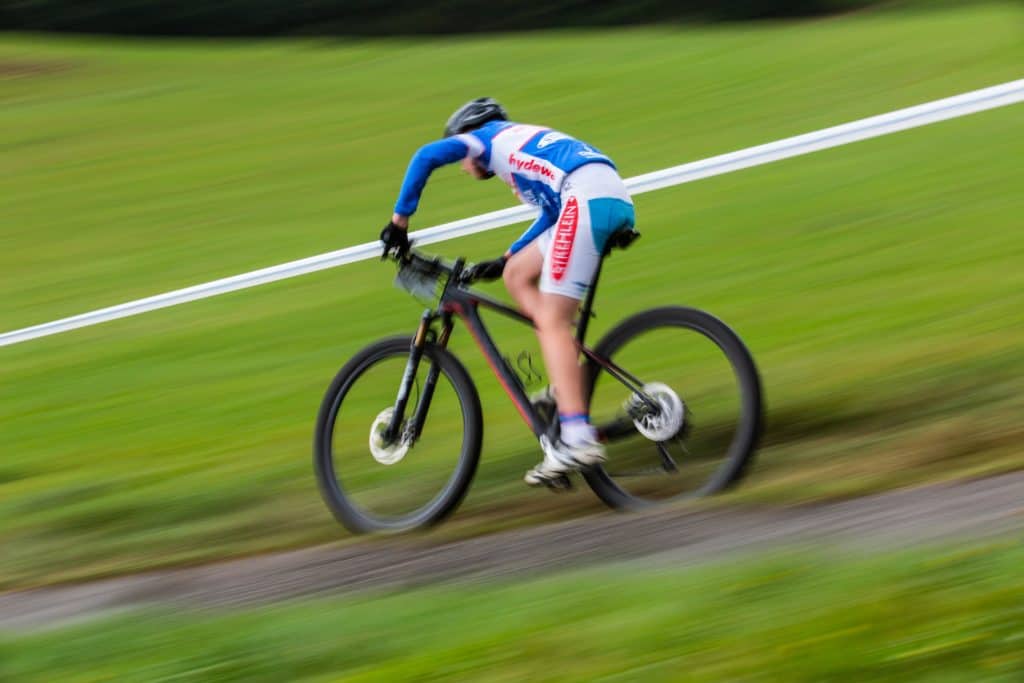
It also means you can comfortably keep track of these numbers and see if you’re rebuilding them in the right way or not. This scale will also provide you with the numbers regarding each of your muscles’ quality and compare it with other people of the same age group.
Benefits of Biking
There are various benefits of biking if you do it consistently. Of course, a healthy diet and proper rest also count a lot if you are looking to get more out of your biking sessions. Here are some of the benefits that biking has to offer.
- Biking can improve your overall well-being and make you feel happy.
- It can help you in strengthening your immune system.
- This is an activity that boosts weight loss significantly.
- It builds your muscles, especially in your body’s lower section, which most people tend to forget during their gym sessions.
- If you go biking in the morning after your breakfast, then you can return home and have a second breakfast provided that it is healthy. In other words, you can conveniently add a few snacks without feeling guilty.
- Biking improves blood circulation in the lower sections of your body and ensures oxygen flow throughout the body.
- Just like brisk walking, cycling reduces any chances of cancer or heart disease.
- While brisk walking or running can be more impacting on your feet, cycling is not.
- If you commute on your bike, it can save you a lot of time.
- When you explore those unseen areas, it will help you develop navigational skills as well.
- Cyclists sleep better, and they also have a healthier sex life.
- This activity can boost your brainpower and cognitive abilities.
- This activity can also boost your special awareness due to all the climbing, cornering, and descending you have to do when riding.
- It can also allow you to grow your social circle with other bikers.
Final Thoughts
Biking is a great fun activity, and it helps you reach your fitness goals. Whether you are looking to participate in a marathon or an event or want to get fit, this is the activity that you need to do.
If you have been thinking about what muscles does riding a bicycle work, it’s not just about your legs. Your midsection and upper body come into play as well.
Most people go to the gym and don’t even bother to focus on their lower sections and legs. Cycling will allow you to boost these muscles that you seldom get to work on in the gym.
If you are looking to get the most out of your biking sessions, make sure you work on the biking muscles. You will notice that your riding experience will improve significantly.
Below is a Pinterest friendly photo… so you can pin it to your Mountain Bike Board!
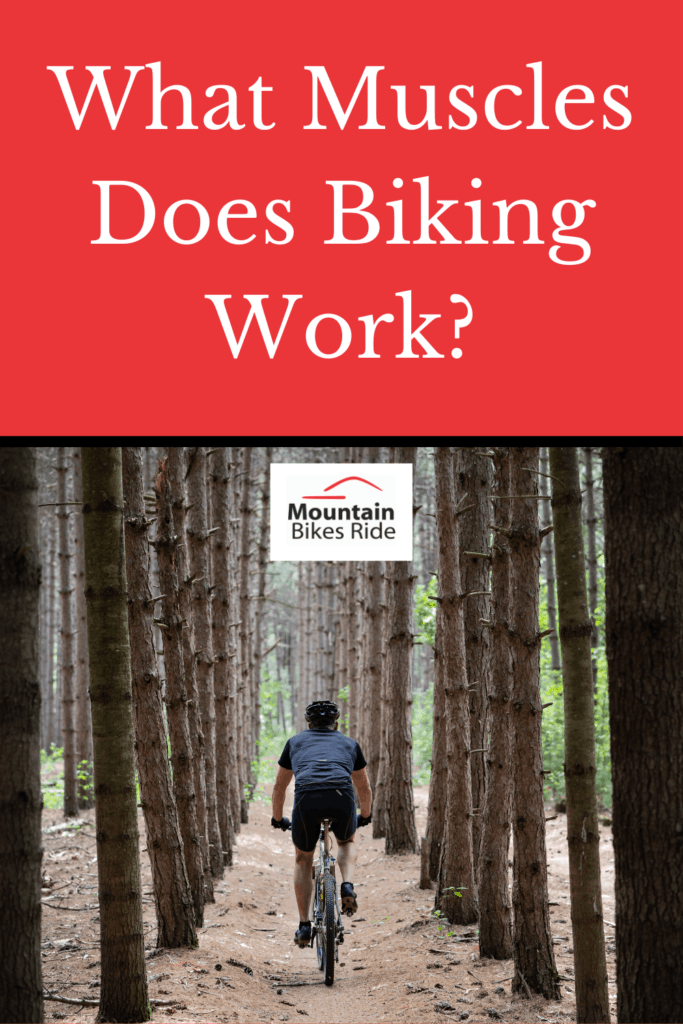
Related Articles
What Are Mountain Bike Rock Gardens?
Oli L • September 5, 2022
So you're getting into mountain biking and not sure what mountain bike rock gardens are. Riding rock gardens on a mountain bike is a skill to learn when you first start riding. You might have thought that most trails will be smooth and easy to navigate through but remember that each trail is different. Preparing for these obstacles will help you become a better mountain biker. Rock gardens can come...
The Full Suspension Vs. Hardtail Debate Continues
Oli L • August 28, 2022
The full suspension vs. hardtail debate continues as we look at the pros and cons of each type of bike. Both full suspension and hardtail mountain bikes are great options if you want to start mountain biking. But what do you really need to know about each type before buying one? Mountain biking has exploded in popularity in recent years. The sport involves riding through singletracks mostly in beautiful mother...
6 Mountain Bike Maintenance Tips For Beginners
Oli L • August 8, 2022
There are many different types of mountain bikes out there. But, they all have one thing in common – ongoing maintenance. Mountain bike maintenance can be tricky if you don’t know what you’re doing, you could end up damaging your bike or even yourself. Mountain bikes require proper maintenance to keep everything running smoothly. In this article, we'll show you what to do when things go wrong as a beginner...
8 Steps To Becoming A Better Mountain Biker
Oli L • June 13, 2022
Mountain biking is an activity that requires skill, strength, endurance, and balance. It’s also a great way to stay fit and enjoy the outdoors. But before you hit the trails, there are a few things you need to know to become a better mountain biker. The activity requires both strength and skill. It’s also a sport that has become increasingly popular in recent years. To improve your riding skills, you...
5 Mountain Bike Racing Tips for Beginners
Oli L • June 10, 2022
Mountain bikes are becoming increasingly popular in recent years. They offer an exciting way to explore the outdoors. It also offers many physical and mental health benefits on top of the friendly competition that many enjoy. We're going to go over 5 mountain bike racing tips for beginners to help you get going. MTB racing is an exciting sport that combines speed, agility, and strength in a way that few...
Latest Articles
Popular Articles
Product Of The Week
Monday 14th April
